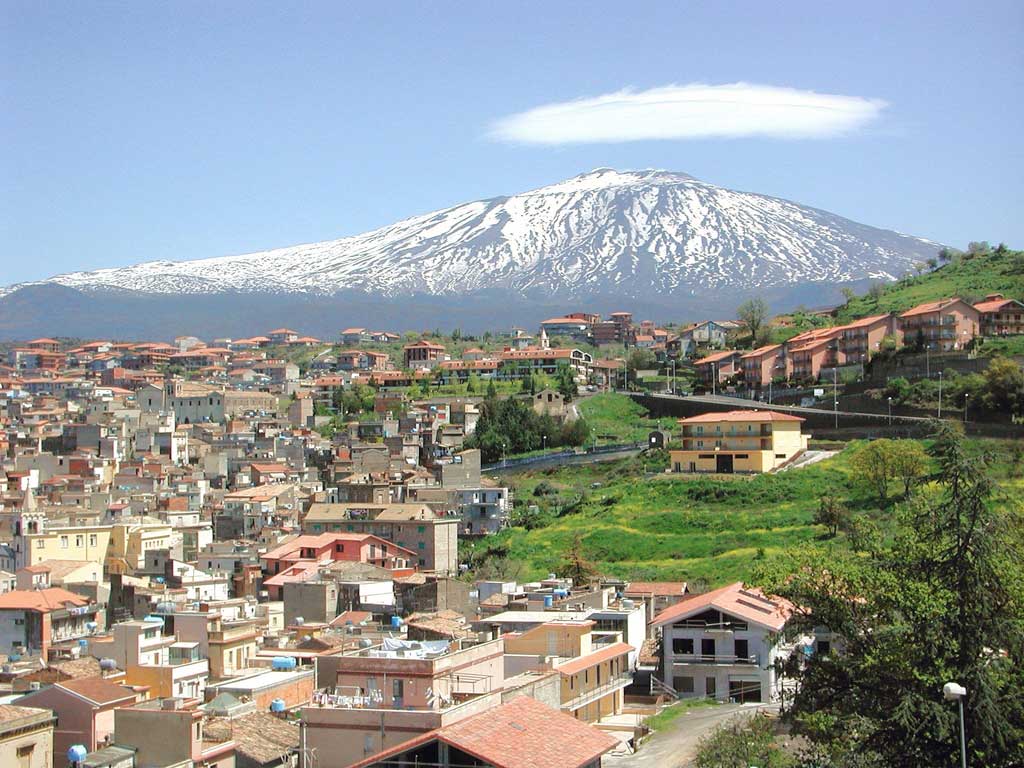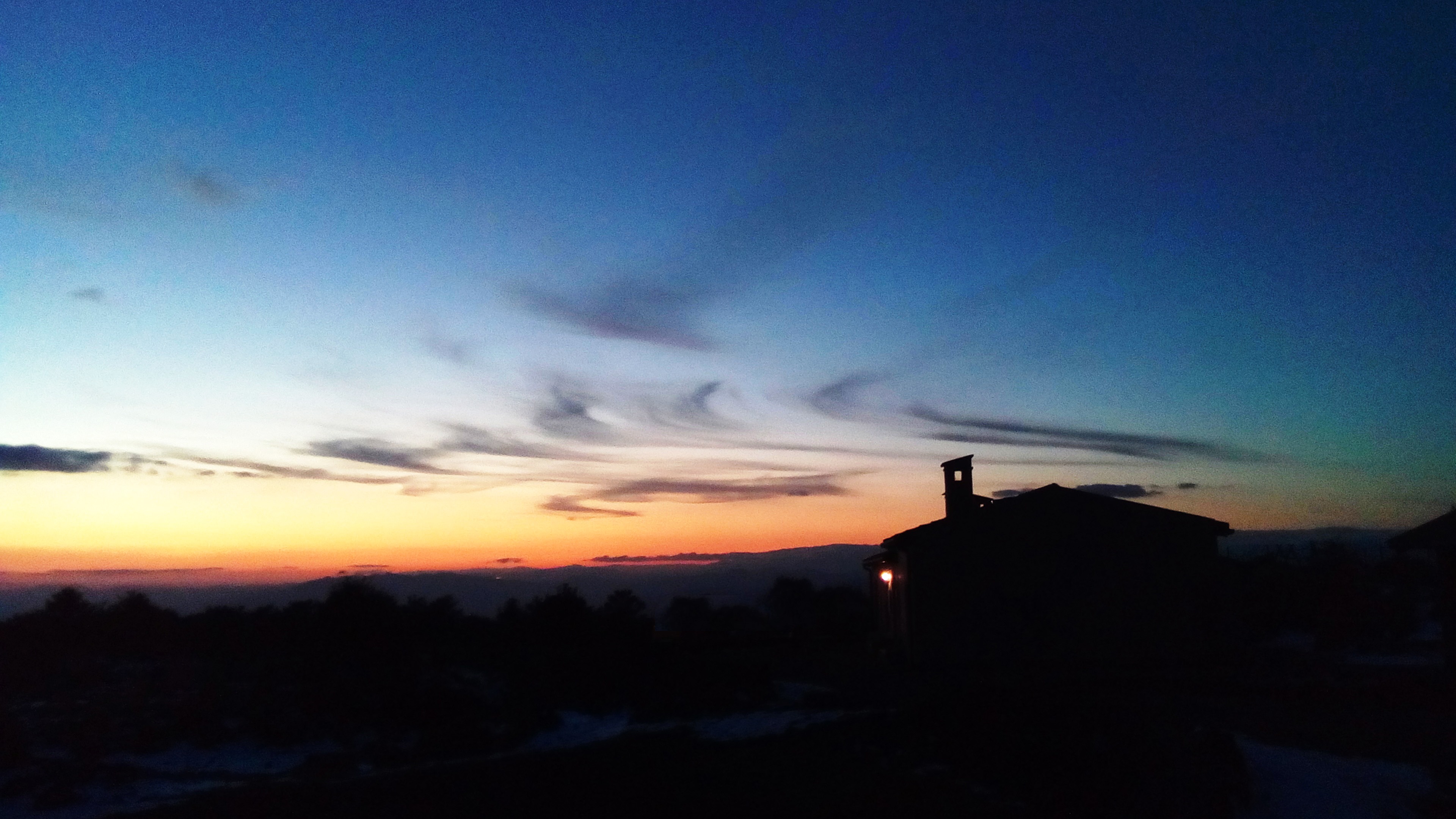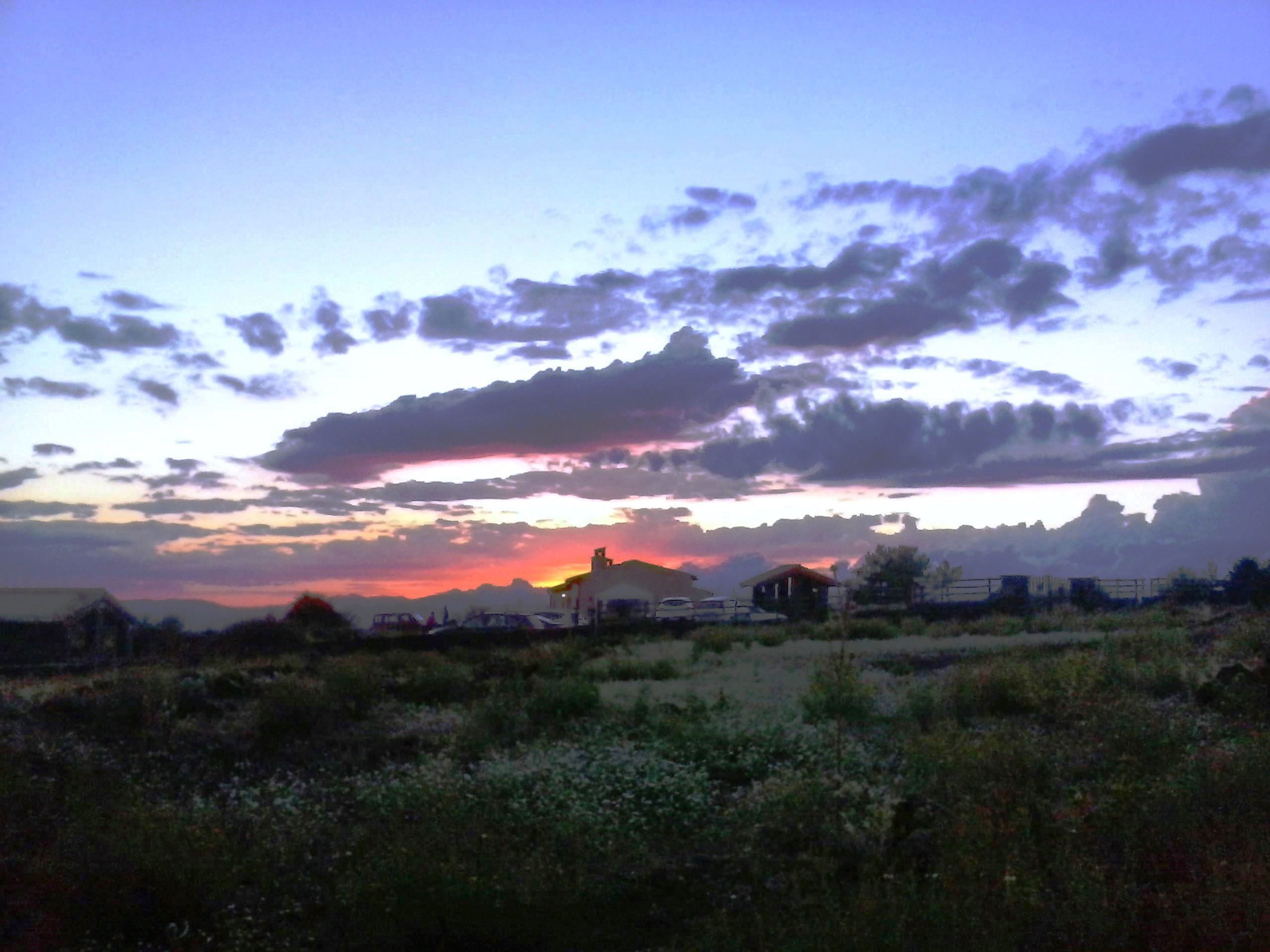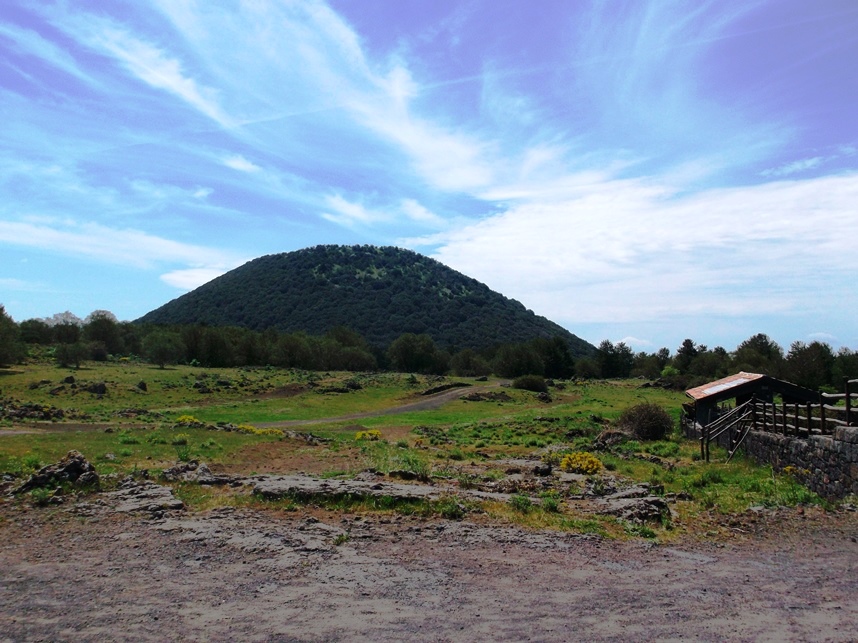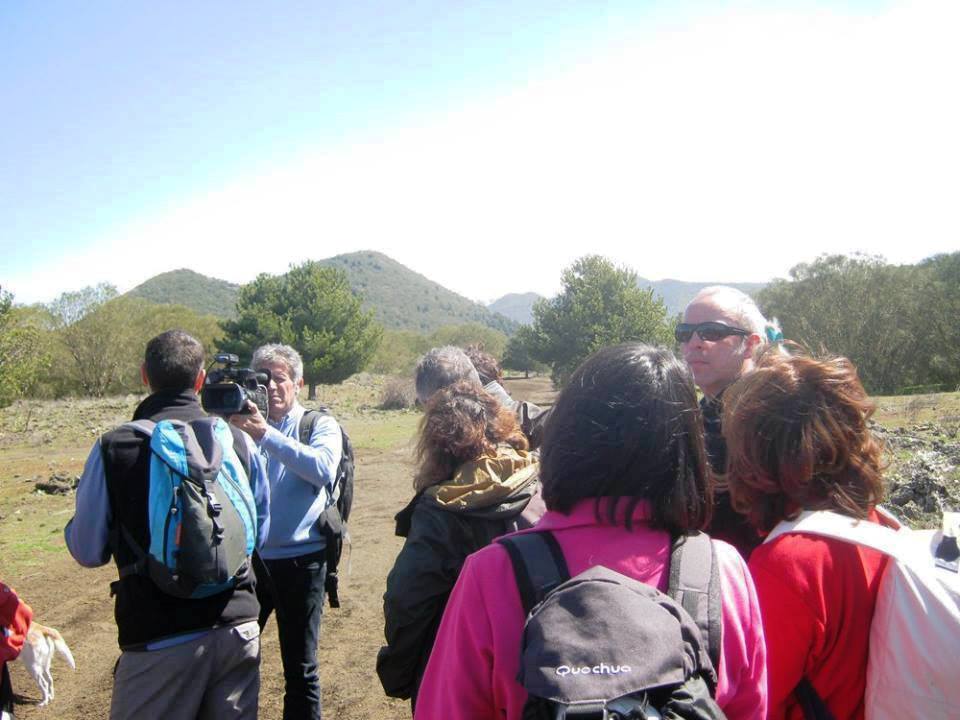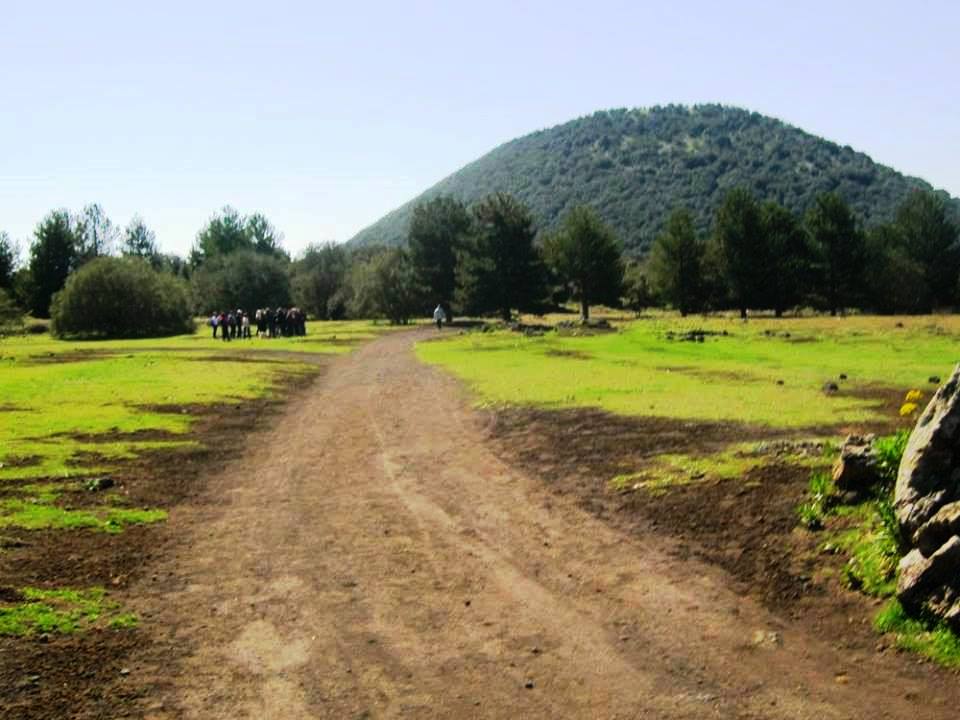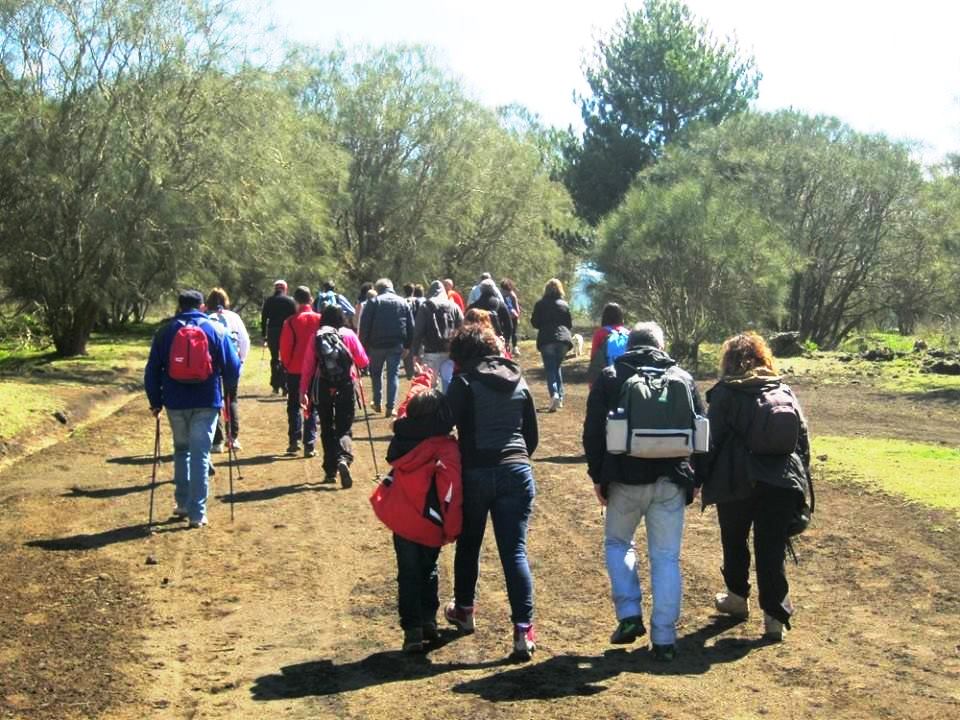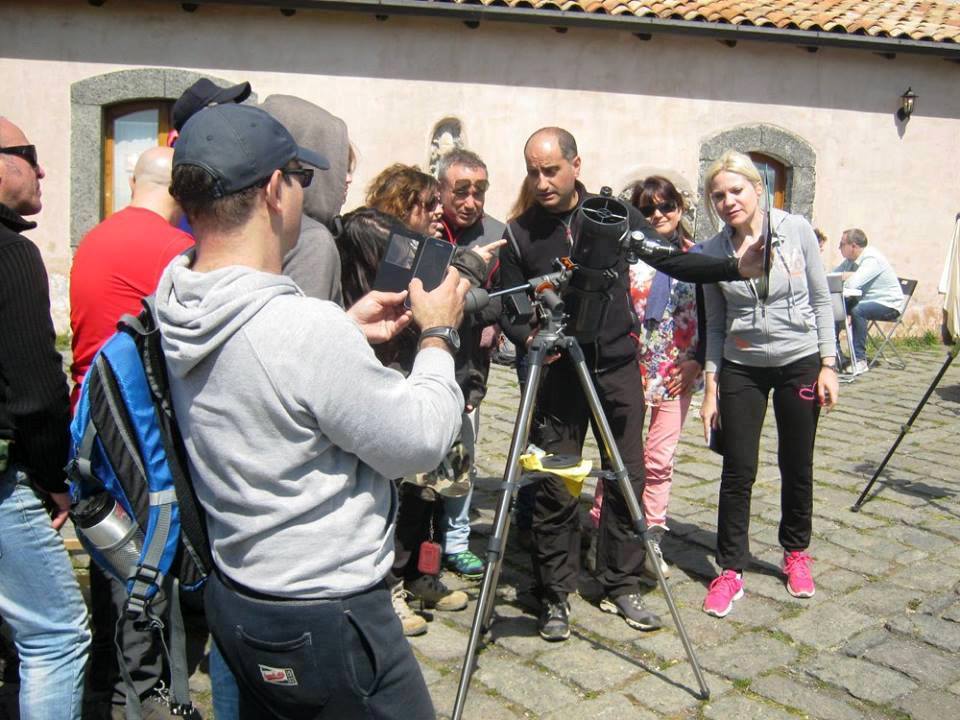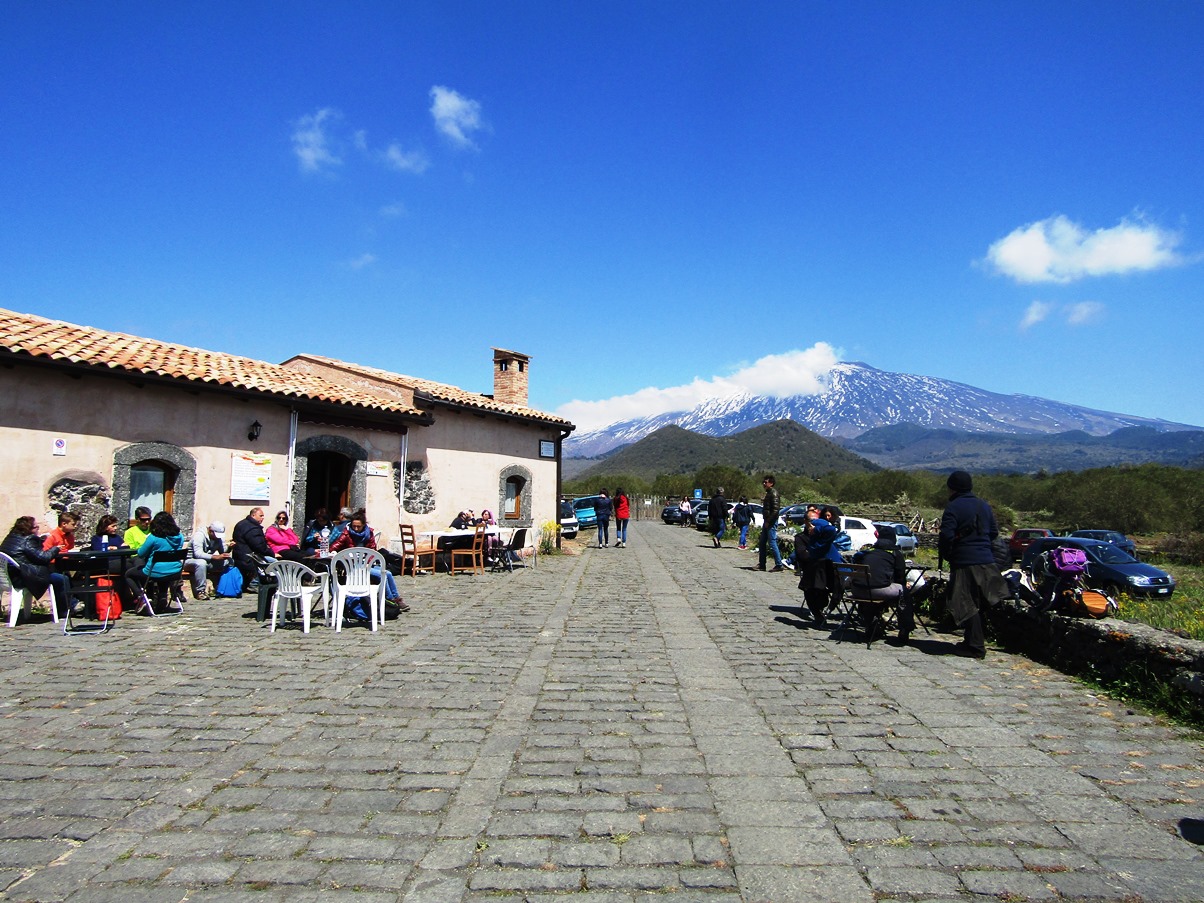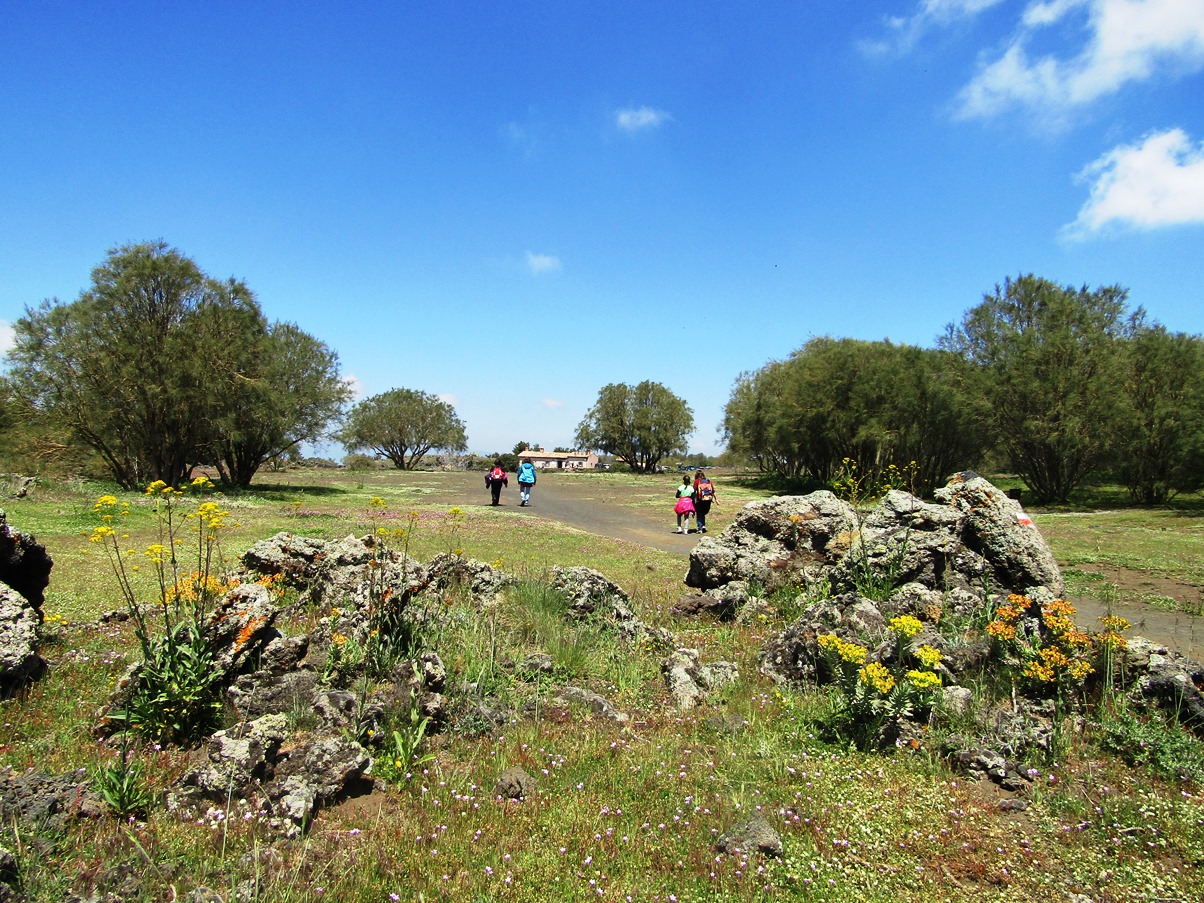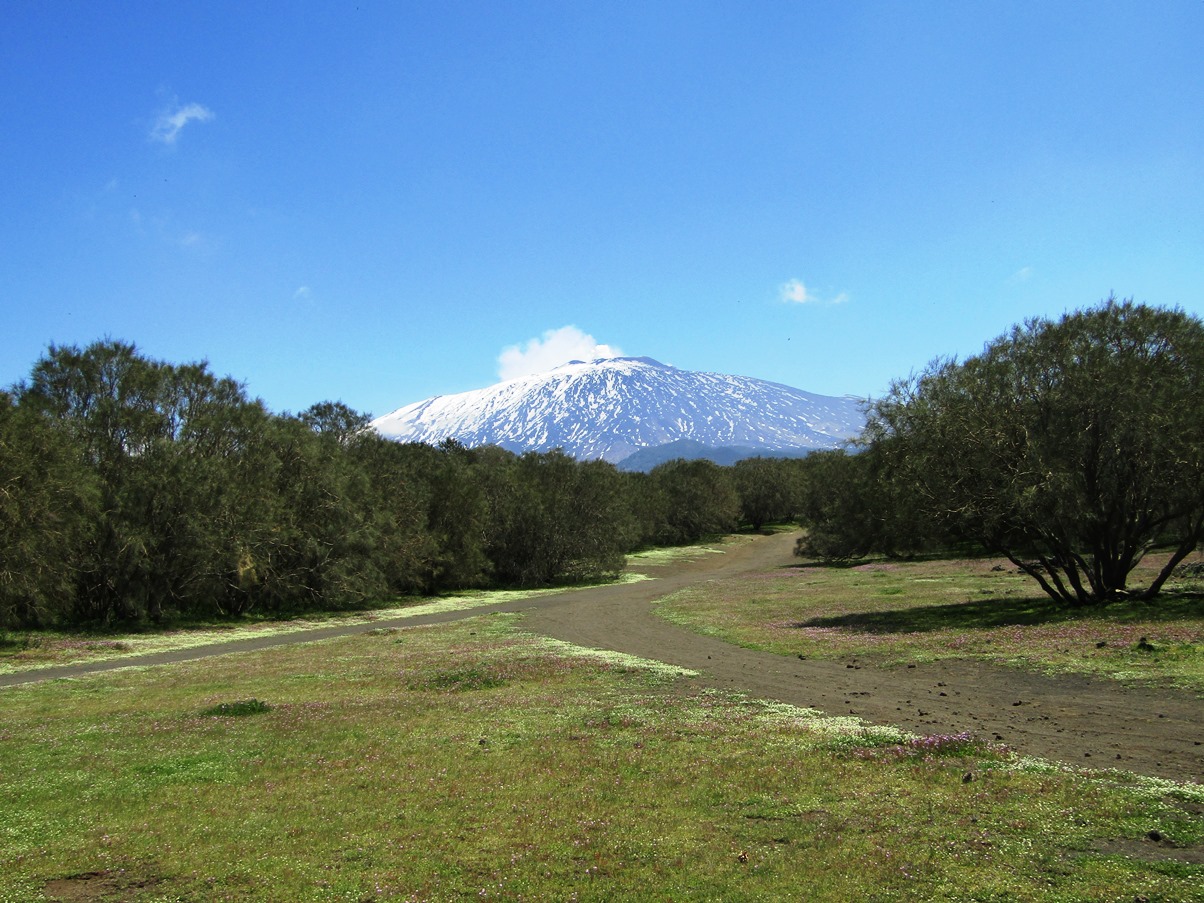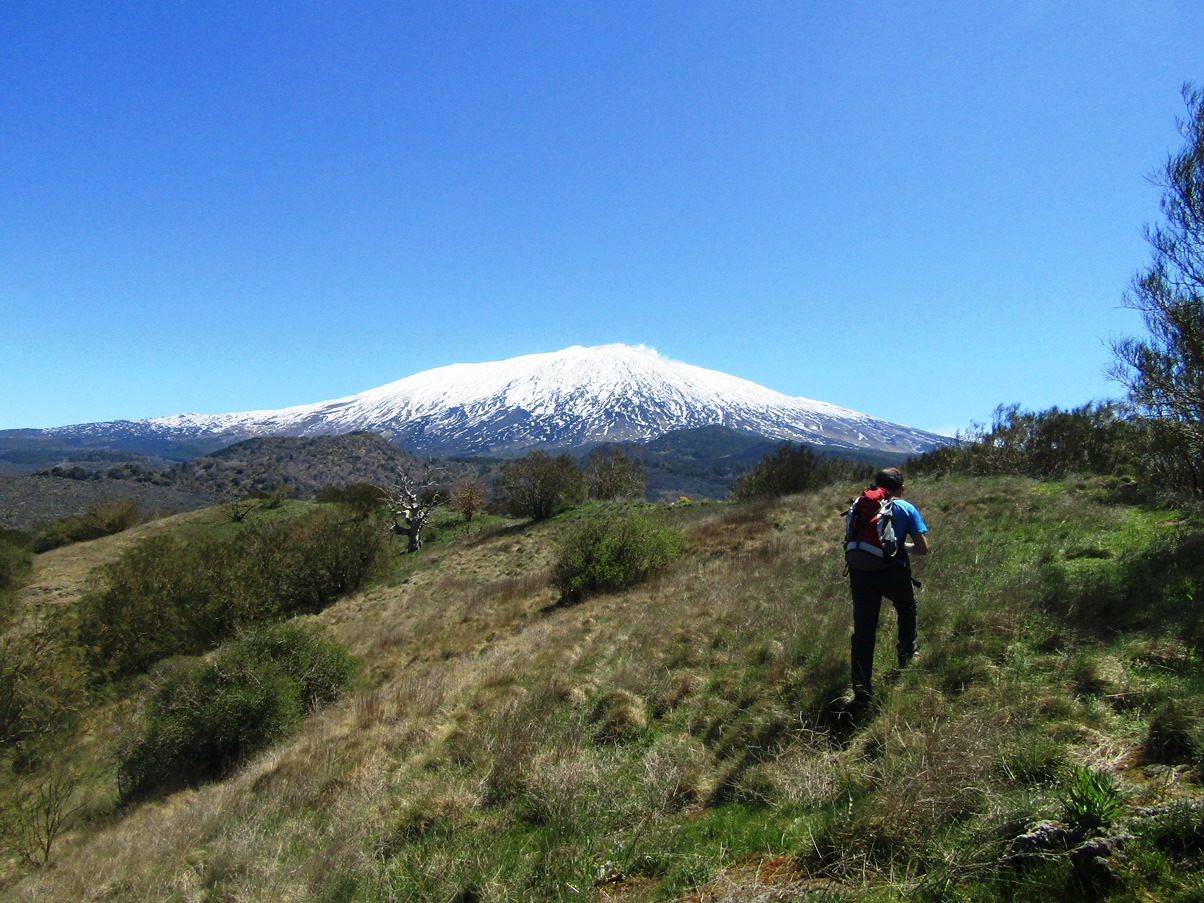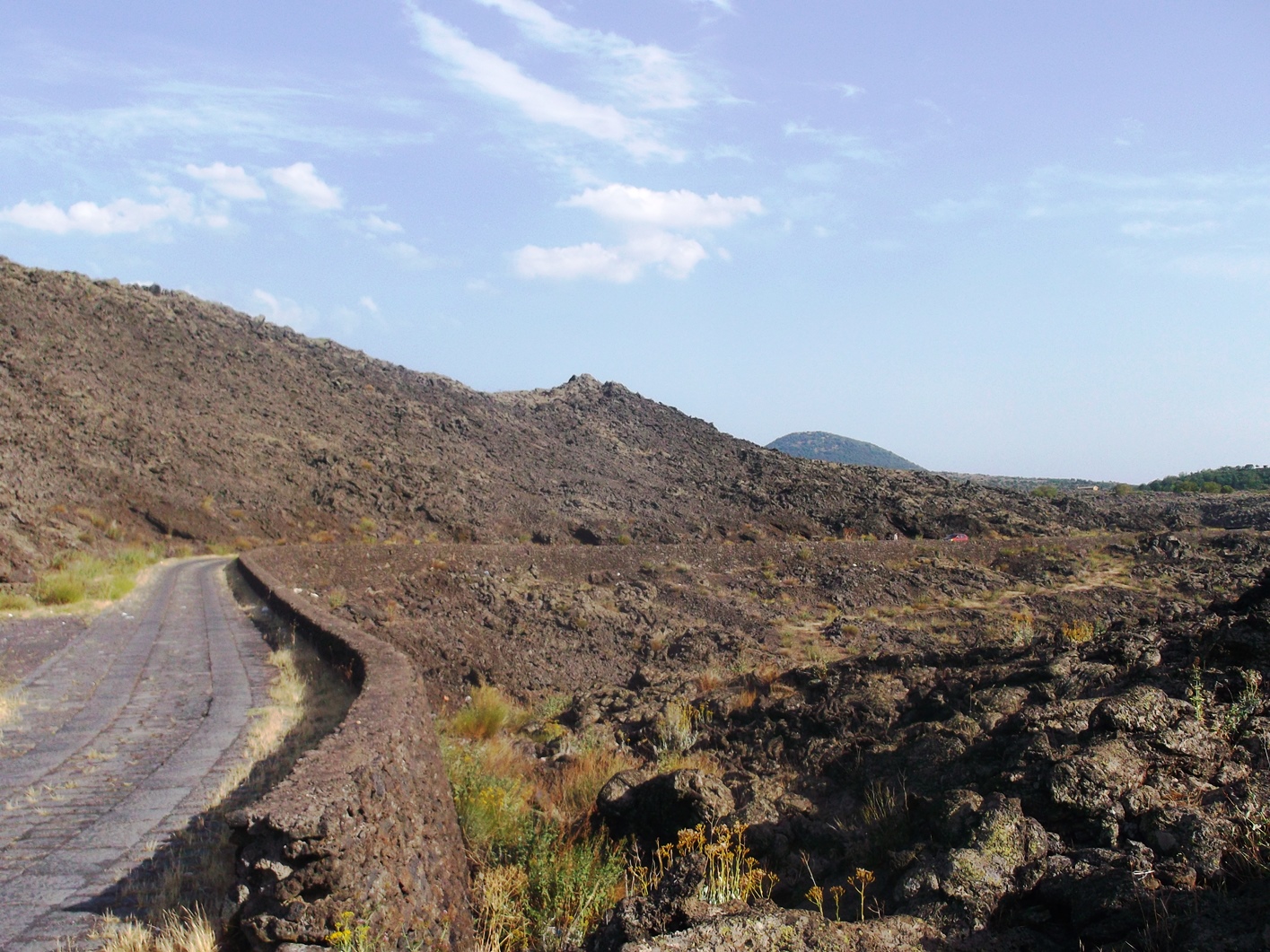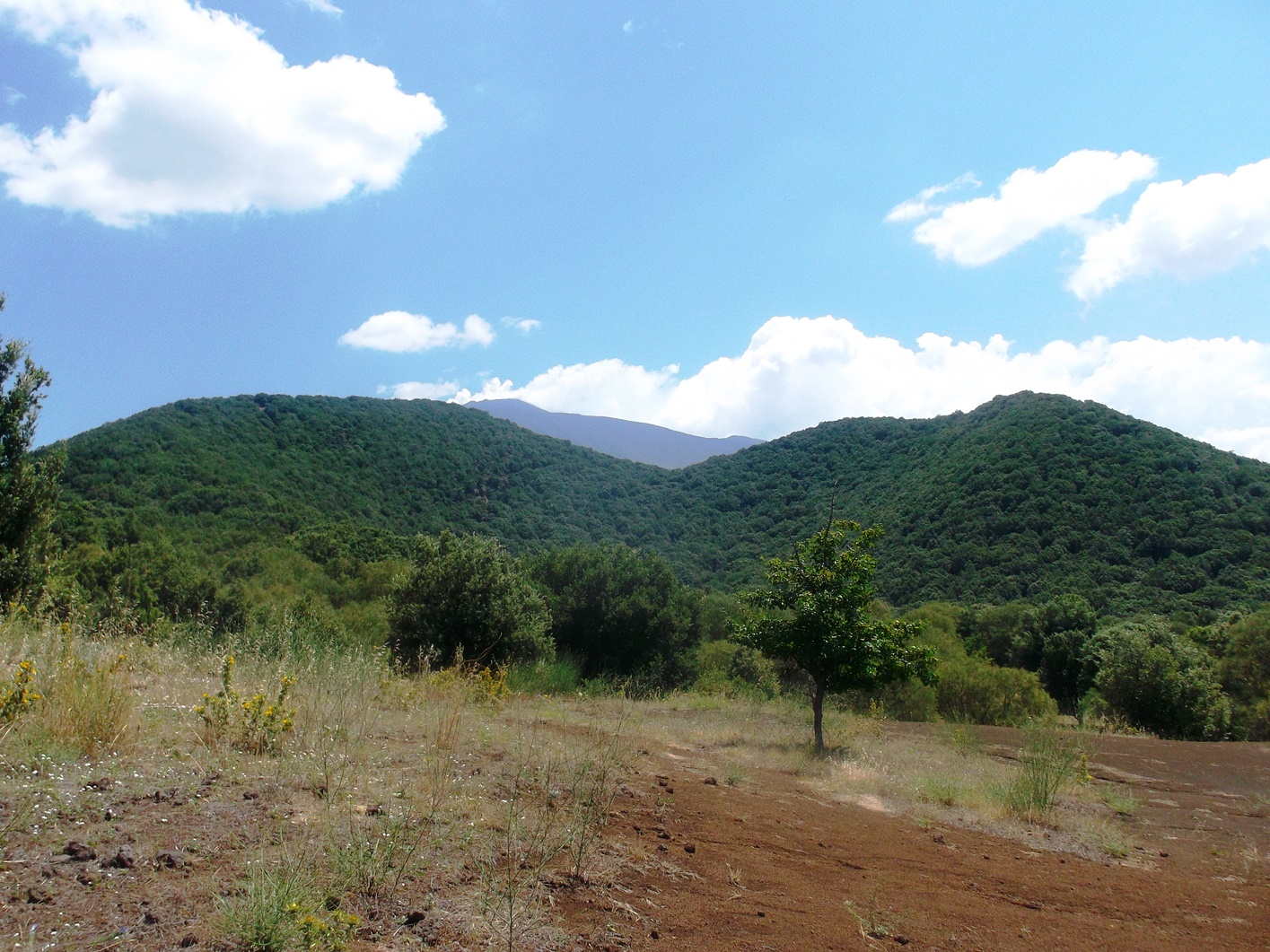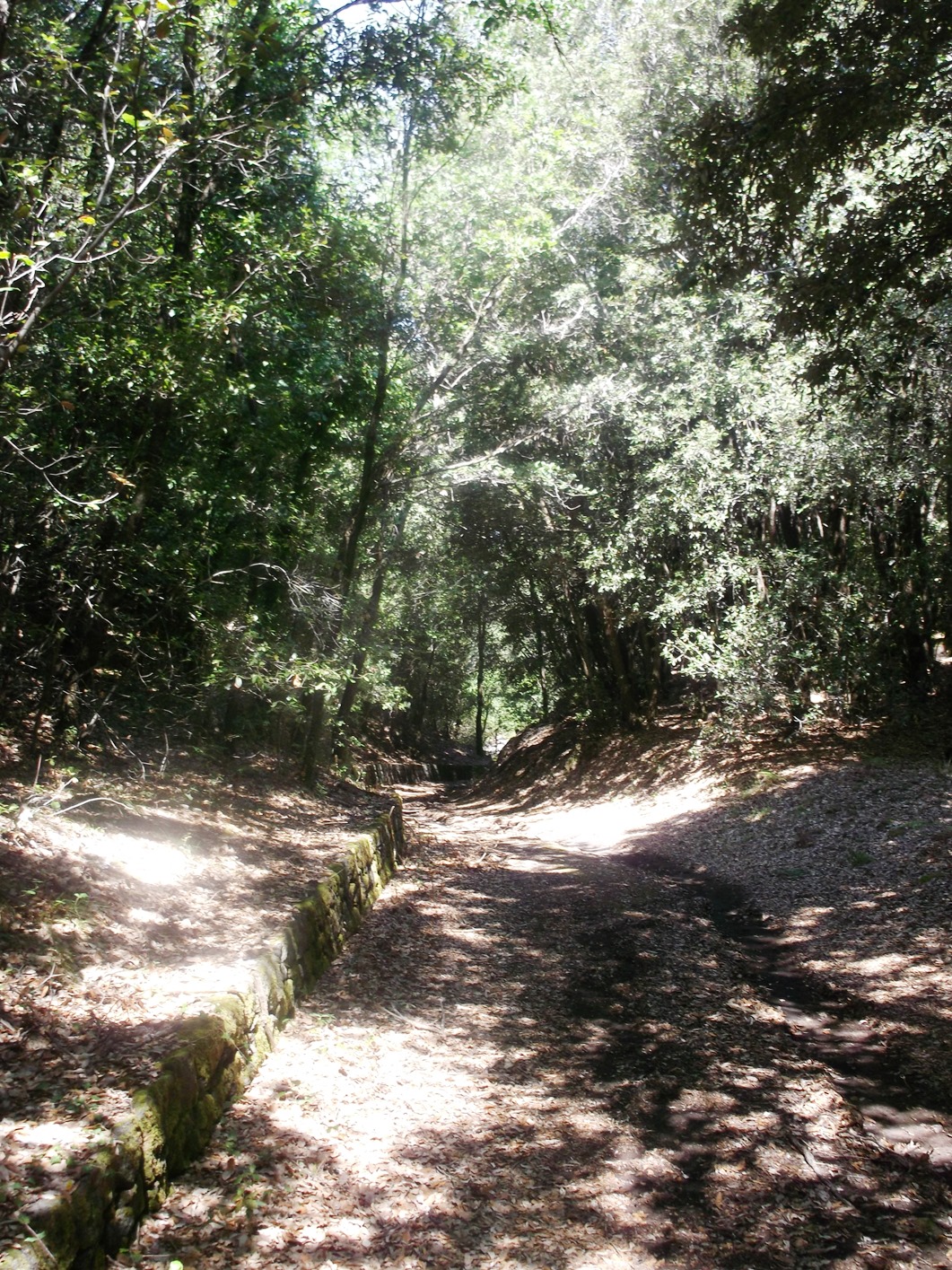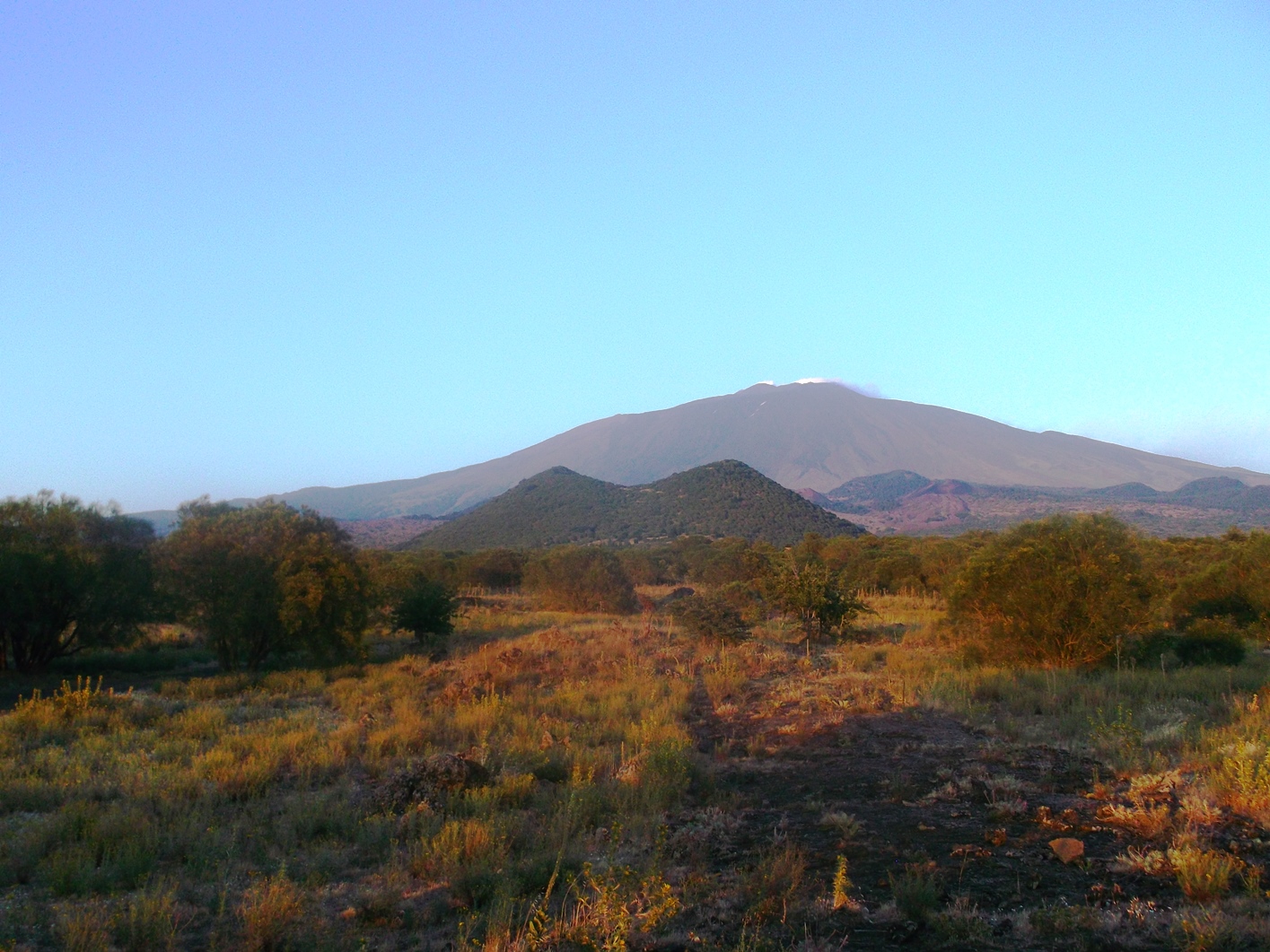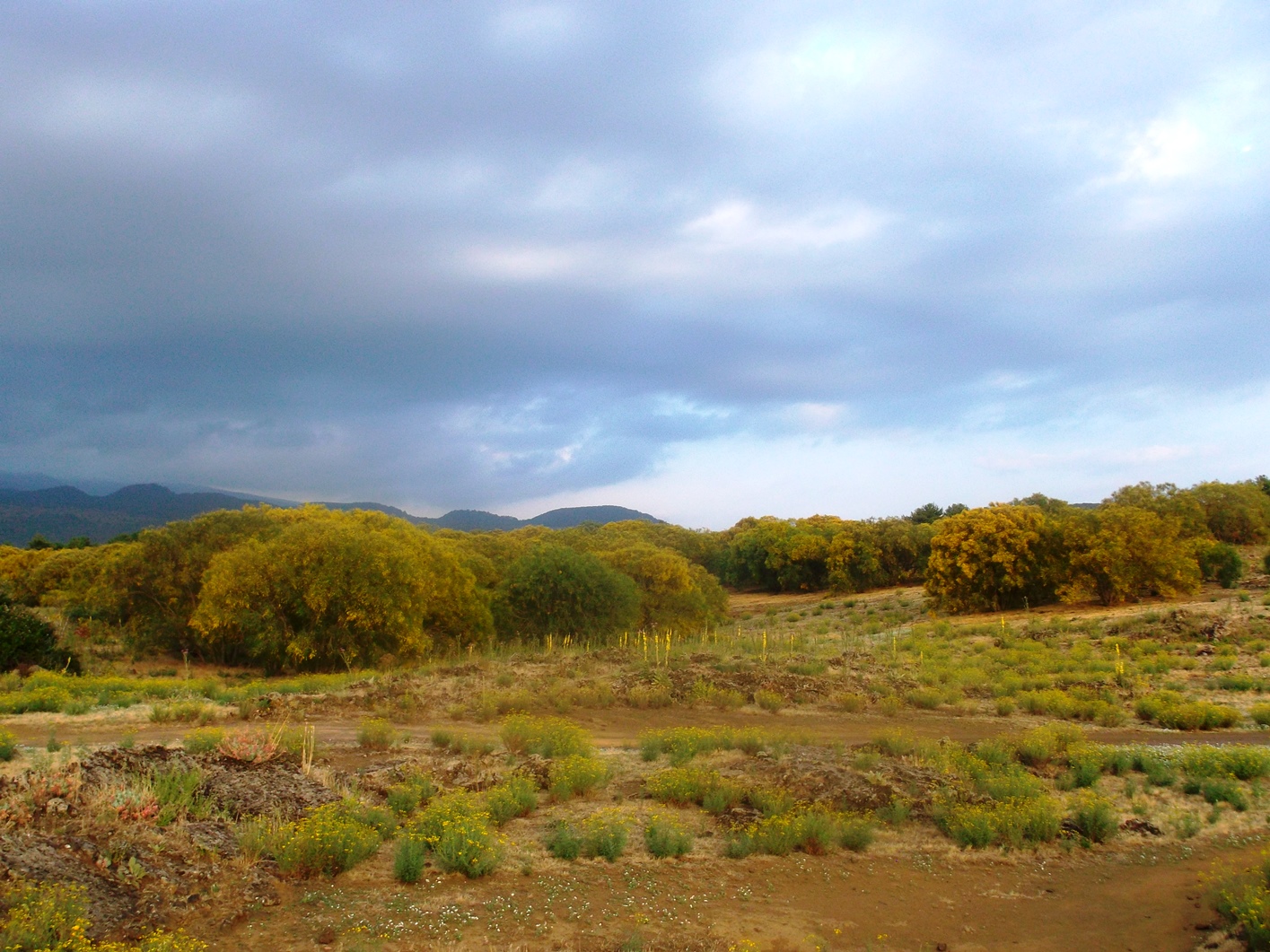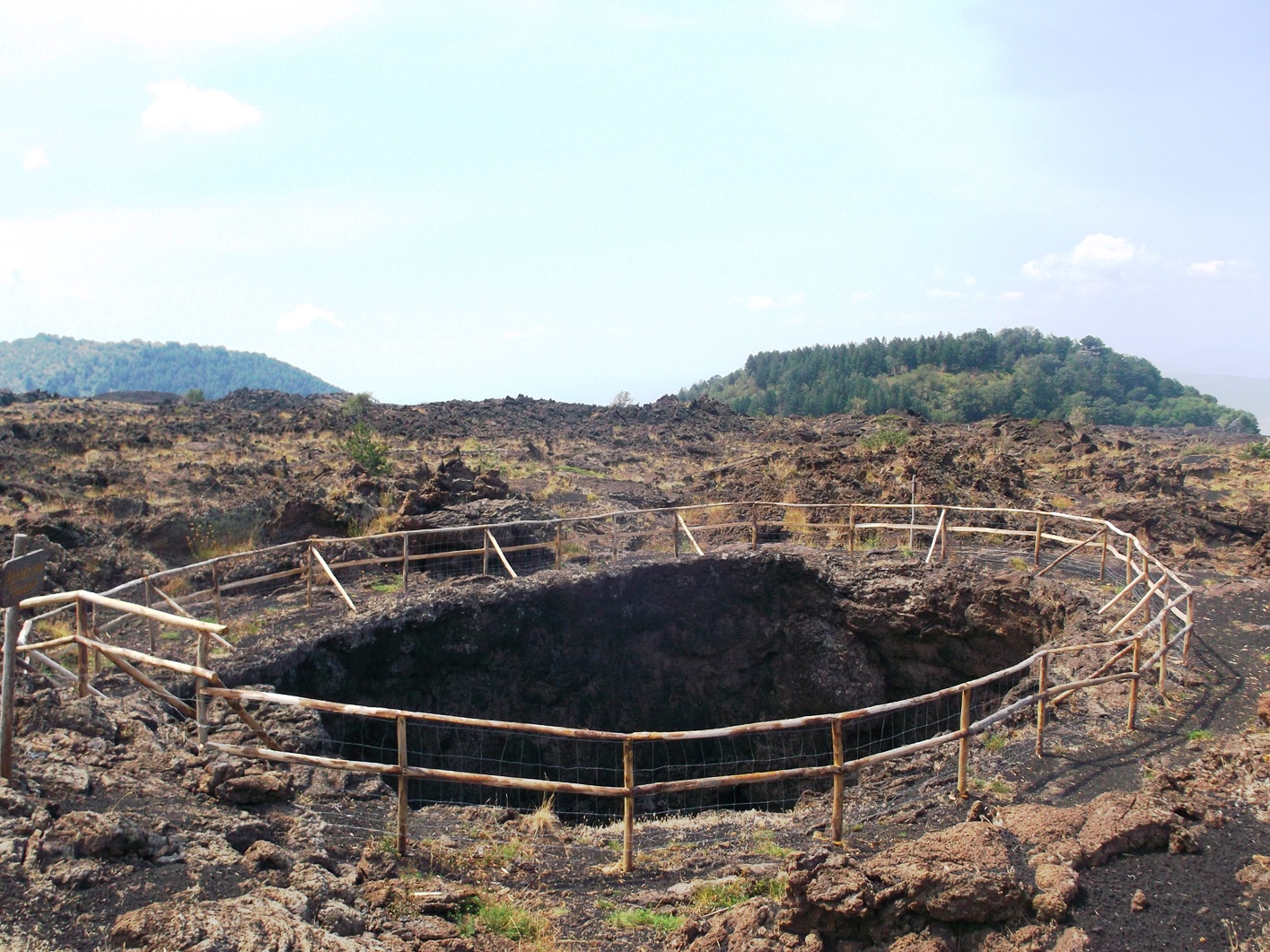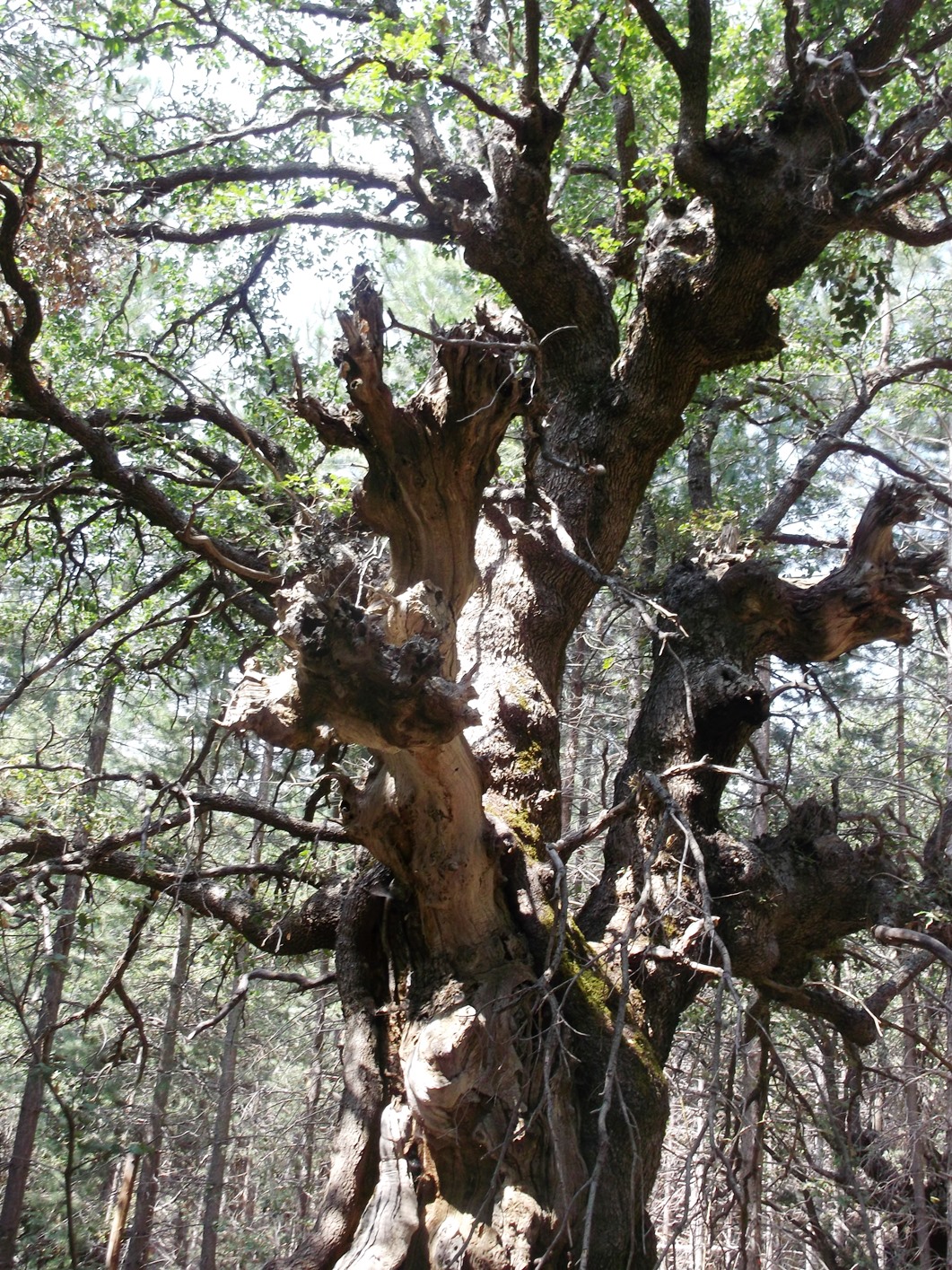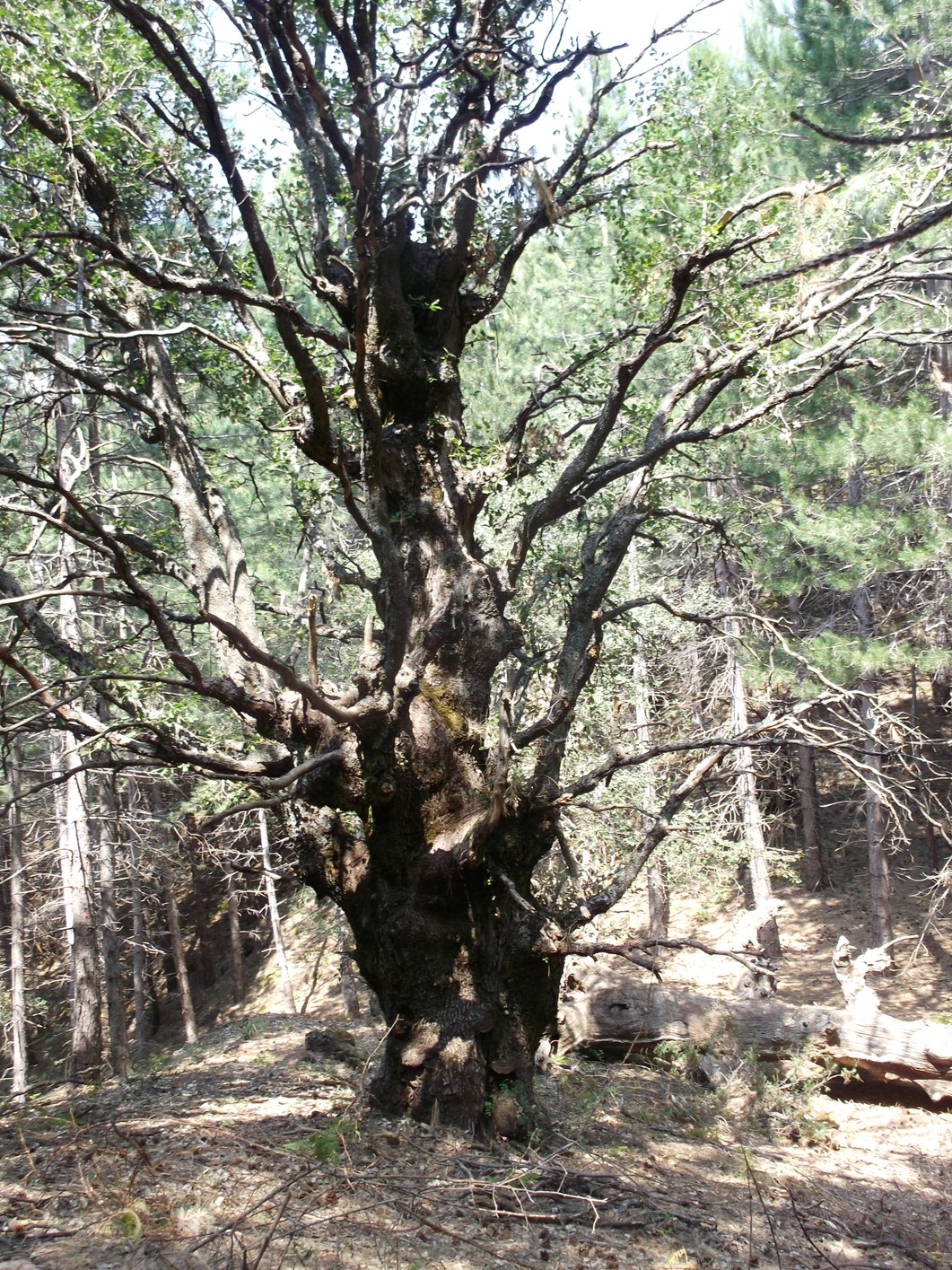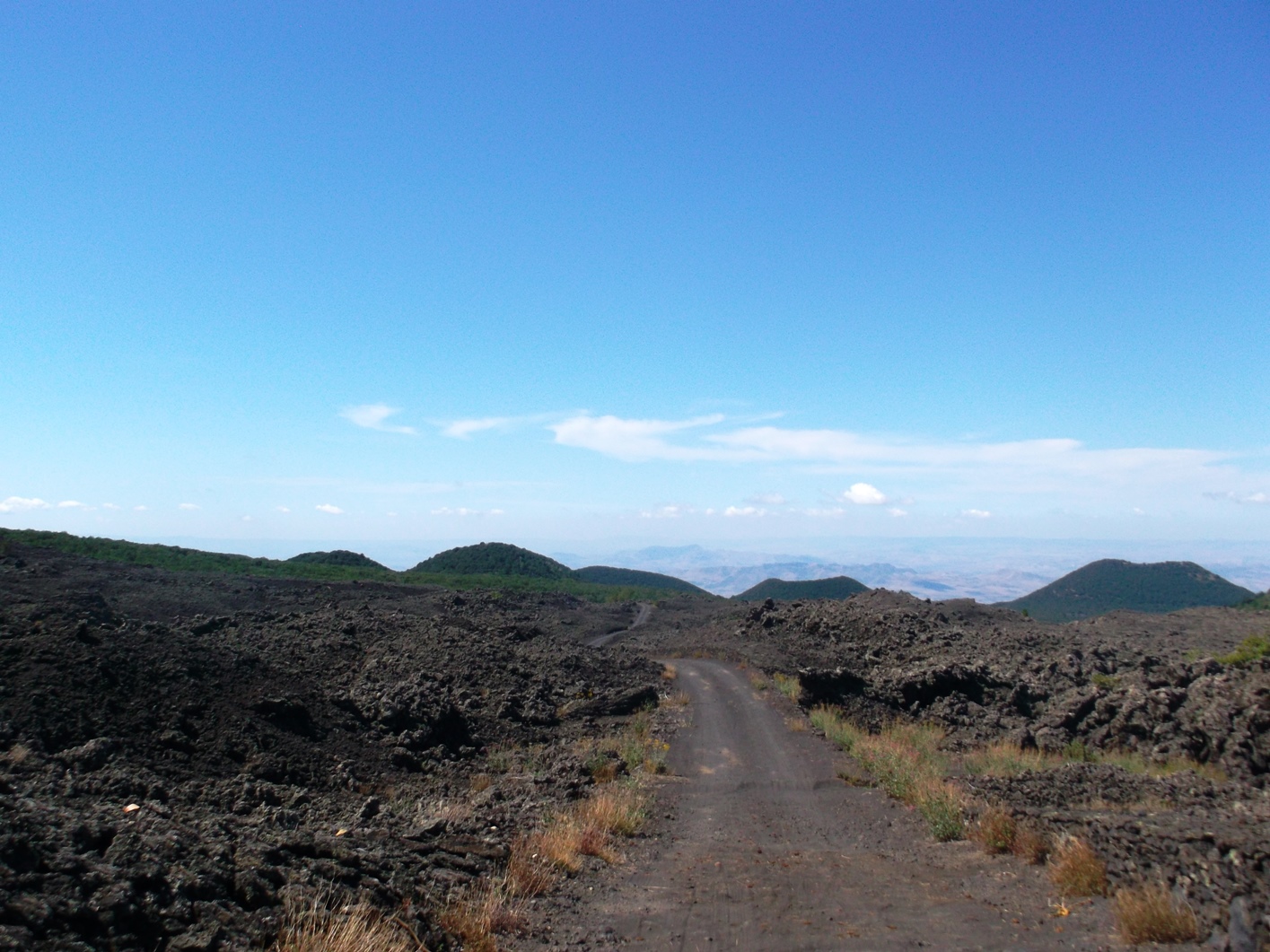Bronte
The name of the city – Bronte – reminds one of the Cyclops, who were Hephaestus’s helpers. Indeed the city has ancient origins: in its surrounding there are tombs and ruins of old buildings, which come from the Neolithic period till greek and roman age. However the official foundation of the town is 1535, when the Imperator Charles V of Habsburg joined 24 farmhouses in one town: Bronte. In 1799 Bronte and its territory was given by Ferdinand IV of Bourbon to the English Admiral Horace Nelson, because he stopped Naples rebel movements. The severe administrative policy, run by the heirs of Admiral, sharpened social tensions, causing a peasant revolt during the advance of Garibaldi in 1860 and the following Nino Bixio’s repression, Garibaldi’s lieutenant, episode entitled “Facts of Bronte”. Bronte is very beautiful, both from a naturalistic and from a cultural point of view. In the lower altitudes the pistachio is the most important cultivation, famous all over the world. There are also other important cultivations such as: citrus, prickly pears, olive trees, almonds, chestnuts, hazels, vineyards, pears.By going towards higher altitude it is possible to find: holm oaks, larch pines and brooms. The area surrounding “Piano dei Grilli” shelter (1200 meters above the sea level) is one of the most enchanted area of the Etna Park, thanks to its unique natural environment and landscape. The road to reach the shelter is made of basaltic lava and it goes across a field of pāhoehoe lava, which reminds the moonscape. Very impressive the “lava ravine” in Simeto river area, it means lava rock eroded by water. Finally over lava ravine, the Norman bridge towers.
